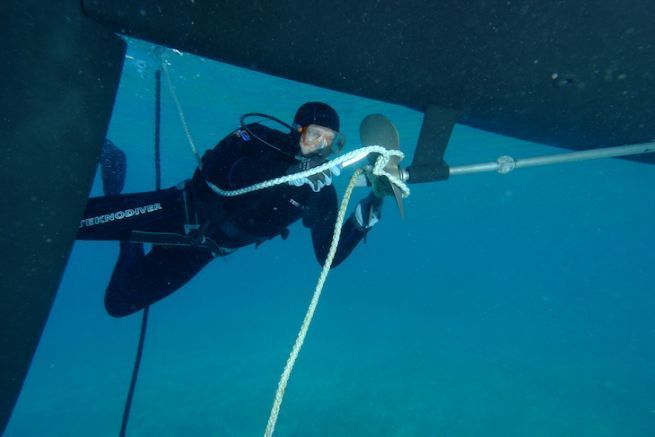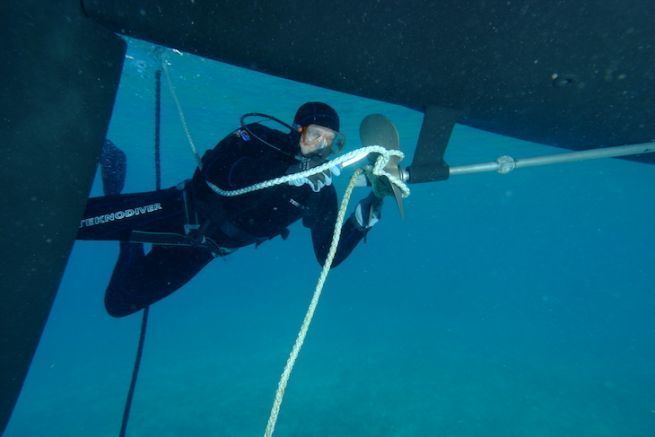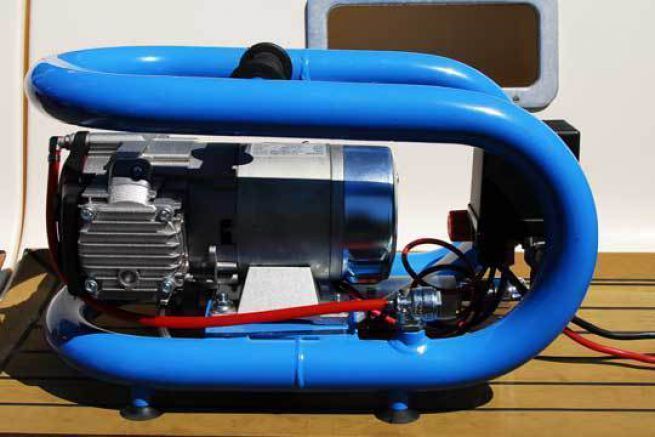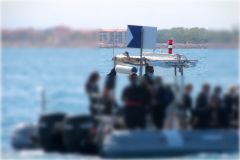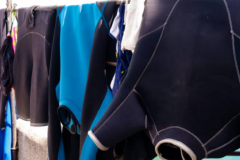If the foulies are the greatest ally of the sailor, allowing him to sail dry and warm, the neoprene suit is also very useful on board a boat. It can be used for multiple activities - paddling, swimming, towed water sports - but also for safety on board. You will appreciate being able to dive and protect yourself in cold water to unblock a part in the propeller, to make a repair under the hull or to check the good holding of your anchor. In water, the body cools down 25 times faster than in the air.
There are several types of suits, to be chosen according to their use. And it is the thickness of the neoprene that determines its insulating power. The greater the thickness, the greater the insulation against the cold.
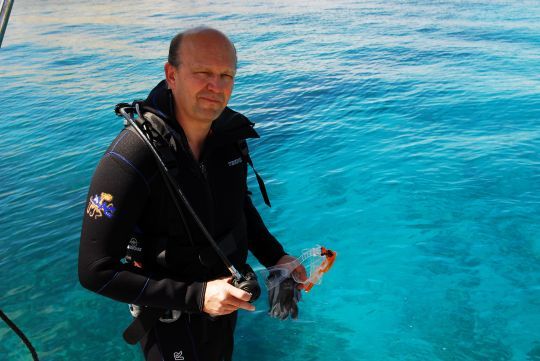
The three types of combination
There are three types of wetsuits, the first being the most used for surfing, snorkeling It is up to you to determine your use in order to choose your suit. If you only need to check or maintain your boat, the first one will be enough. It will also be suitable for additional water sports activities.
Wet suits
This is the most common wetsuit. Not waterproof, it lets a thin film of water pass between the fabric and the skin. This film will warm up when in contact with the body and insulates against the cold while keeping your body warm. These flexible suits are easy to put on.
Semi-dry suits
These wetsuits allow almost no water to pass through thanks to waterproof sleeves at the neck, wrists and ankles. The body is certainly wet, but without water renewal, the heat is retained longer. On the other hand, the semi-waterproof suit requires help to be closed.
Drysuits
This wetsuit is particularly suitable for experienced divers, as it is very effective in cold waters and during long dives. Waterproof protection is provided by the clothing worn under the suit or by the diving suit itself, depending on its material, coated fabric or neoprene. The wetsuit is however difficult to use, requires a lot of maintenance and remains quite expensive.

What thickness of neoprene according to the water temperature?
The thickness of your wetsuit will be determined according to the temperature of the water. It is generally composed of two numbers, the first corresponding to the thickness of the legs and the second to the thickness of the body e to the thickness of the arms and torso.
2 mm thick: Water above 22 °C
2/2 : between 17 and 21 °C
3/2 mm : between 17 and 21 °C
4/3 : between 12 and 17 °C
5/4 : between 7 and 12 °C
Full wetsuit or shorty ?
The neoprene suit is like a second skin. It must be worn very tight, without any folds to ensure good thermal efficiency. You may feel tight when you put it on, but this feeling disappears when you get wet. Make sure you choose the right size, a suit that is too big will tend to wrinkle and may cause irritation and heat loss.
There are several types of wetsuits. If you have to dive for a long time and in cool waters - below 17°C -, choose a full-body suit . It will protect your whole body, except your head, hands and feet. You can complete it with a hood, gloves and slippers.
In warmer waters, the shorty suit will be more adapted. Cut above the knees, it is also less thick at the level of the arms in particular.
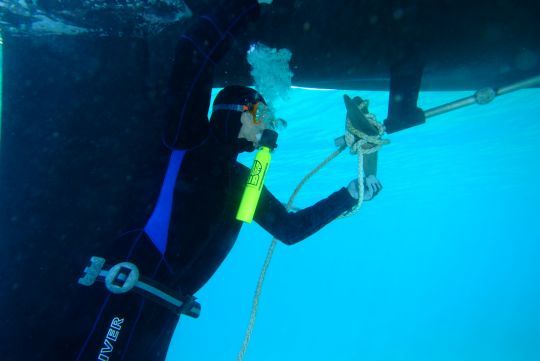
Several locking systems
The combinations can be closed in several ways. Basic combinations often use a back-zip (back closure). This last one can be sometimes complicated to close by itself, but is often provided with a string to put back the zip by yourself. Finally, it allows water to pass through the neck. The front closure system at the chest (front-zip) - guarantees a better waterproofness and more freedom of movement. Finally, some suits have no zipper and stick directly to your skin.
Maintaining your wetsuit
Like all equipment used in the marine environment, the suit must be rinsed after use with clean water. You should then leave it to dry out of the sun to preserve the properties of the neoprene.
